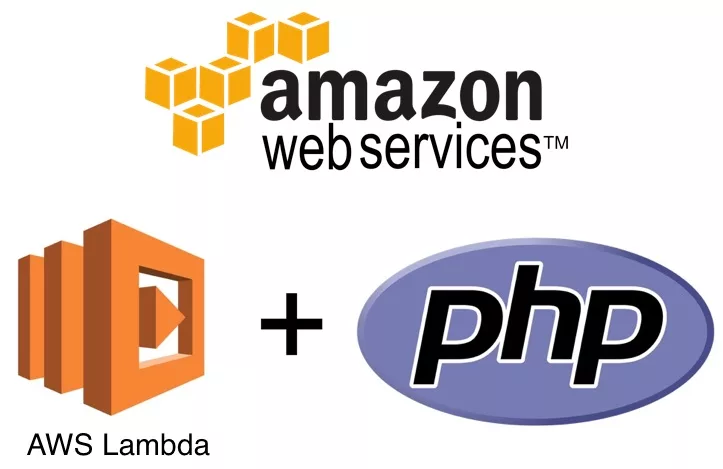
Introduction
In recent years, serverless computing has gained significant popularity due to its scalability, cost-efficiency, and ease of deployment. AWS Lambda, one of the leading serverless platforms, allows developers to run code without provisioning or managing servers. While Lambda is commonly associated with JavaScript, it is also possible to deploy PHP applications on this powerful platform. In this guide, we will explore the process of deploying a PHP application on AWS Lambda, enabling you to leverage the benefits of serverless architecture for your PHP projects.
Prerequisites
Before diving into the deployment process, it’s important to ensure you have the following prerequisites in place:
- An AWS account: Sign up for an AWS account if you don’t already have one.
- AWS CLI: Install the AWS Command Line Interface (CLI) tool on your local machine.
- PHP: Have PHP installed on your development machine.
Steps to Deploy a PHP Application on AWS Lambda
Step 1: Set Up Your AWS Environment
To begin, create an IAM role that allows Lambda to access other AWS resources on your behalf. This role will define the permissions Lambda functions have. Additionally, configure your AWS CLI with the appropriate credentials to interact with AWS services.
Here’s an example of how you can create an IAM role using the AWS CLI:
aws iam create-role \
--role-name lambda-php-role \
--assume-role-policy-document '{"Version":"2012-10-17","Statement":[{"Effect":"Allow","Principal":{"Service":"lambda.amazonaws.com"},"Action":"sts:AssumeRole"}]}'
Step 2: Prepare Your PHP Application
Before deploying your PHP application to Lambda, make some modifications to ensure it works seamlessly within the serverless environment. These modifications include adjusting the entry point of your application, managing dependencies, and handling input/output.
For example, let’s assume you have a simple PHP function called handleRequest that handles an incoming event and returns a response:
<?php
function handleRequest($event)
{
// Your PHP application logic goes here
$name = $event['name'];
$response = "Hello, $name!";
return $response;
}
?>
Step 3: Package Your PHP Application
Next, package your PHP application along with its dependencies into a deployment package that can be uploaded to Lambda. This package should include the necessary PHP files, any required libraries, and other supporting files.
You can create a deployment package by executing the following command in your terminal:
zip -r my-php-app.zip index.php vendor/
Make sure to include any additional files or directories that are required for your application.
Step 4: Create a Lambda Function
Using the AWS Management Console or CLI, create a Lambda function and configure its settings. Specify the runtime as PHP and upload the deployment package generated in the previous step.
Here’s an example of creating a Lambda function using the AWS CLI:
aws lambda create-function \
--function-name my-php-function \
--runtime provided \
--role arn:aws:iam::123456789012:role/lambda-php-role \
--handler index.handleRequest \
--zip-file fileb://my-php-app.zip
Step 5: Configure Event Sources
Define event sources that trigger your Lambda function. AWS Lambda supports a variety of event sources, such as API Gateway, S3 buckets, and more. Choose the appropriate event source for your PHP application based on its requirements.
For instance, to configure an API Gateway trigger, you can create an API Gateway
Step 6: Test Your Lambda Function
Before deploying your PHP application to production, it’s crucial to test it thoroughly. AWS Lambda provides a testing framework that allows you to simulate events and verify the behavior of your function.
Step 7: Deploy and Monitor
Once you have successfully tested your PHP application, it’s time to deploy it to AWS Lambda. Monitor the function’s execution logs, set up alarms, and leverage AWS CloudWatch to gain insights into its performance and any potential issues.
Conclusion
Deploying a PHP application on AWS Lambda enables you to take advantage of the scalability, cost-efficiency, and ease of management provided by serverless computing. By following the steps outlined in this guide, you can seamlessly deploy your PHP projects to Lambda and leverage the power of AWS for your application hosting needs. Embrace serverless architecture and unlock the potential of AWS Lambda for your PHP applications today!
Remember to consult the official AWS Lambda documentation and other relevant resources for detailed instructions and additional insights. Happy deploying!
